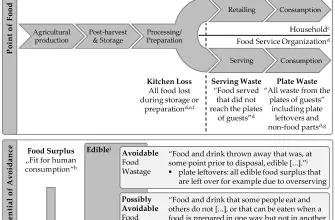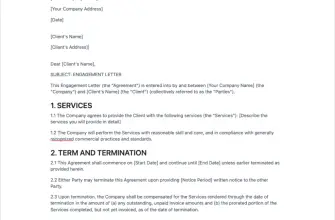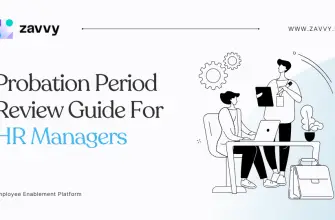Employee dismissal is a sensitive issue that requires careful handling to ensure fairness and legality. A final written warning is often the last step before an employee is dismissed for misconduct or poor performance. It serves as a formal notice to the employee that their behaviour or performance is unacceptable and needs to improve. However, the process of issuing a final written warning and subsequent dismissal can be fraught with legal pitfalls. This guide will provide an overview of the legal aspects of fair employee dismissal, including the meaning of a sackable offence, the use of a final written warning template, and the implications of not signing a written warning.
Understanding the Final Written Warning
A final written warning is a formal document issued by an employer to an employee who has repeatedly failed to meet the standards of conduct or performance required by their job. It is typically issued after previous warnings have been given and not heeded. However, in some cases, a final written warning can be given for a first offence if the misconduct or poor performance is severe enough. This is often referred to as a ‘first and final warning’.
The final written warning should clearly outline the employee’s misconduct or poor performance, the improvements required, and the potential consequences if these improvements are not made. It should also include details of any previous warnings given, the date, and the signature of the issuing authority. A final written warning template can be used to ensure all necessary information is included.
Legal Implications of a Final Written Warning
Issuing a final written warning is a serious step that can lead to dismissal if the employee does not improve. Therefore, it is crucial to ensure the process is carried out fairly and legally. This includes giving the employee a chance to respond to the allegations, providing them with a copy of the warning, and keeping a record of the warning on file.
If an employee refuses to sign a written warning, it does not invalidate the warning. The employer can note the refusal on the document and proceed with the warning process. However, the employee’s refusal may be considered in any subsequent disciplinary action or dismissal.
Appealing a Final Written Warning
An employee has the right to appeal a final written warning if they believe it is unfair. The appeal should be made in writing and should clearly state the reasons for the appeal. The employer should then review the appeal and make a decision. If the appeal is upheld, the warning should be removed from the employee’s record. If the appeal is denied, the warning remains in place and the employee may be dismissed if they do not improve.
Dismissal Following a Final Written Warning
If an employee does not improve after receiving a final written warning, the employer may proceed with dismissal. However, the dismissal must be fair and justified. This means the employer must have a valid reason for the dismissal, such as misconduct or poor performance, and must have followed a fair process, including issuing a final written warning and giving the employee a chance to improve.
Key Points to Remember
- A final written warning is a serious step that can lead to dismissal.
- The warning should clearly outline the employee’s misconduct or poor performance, the improvements required, and the potential consequences if these improvements are not made.
- An employee has the right to appeal a final written warning.
- Dismissal following a final written warning must be fair and justified.
In conclusion, a final written warning is a crucial tool in managing employee misconduct or poor performance. However, it must be used correctly and fairly to ensure legal compliance and avoid potential disputes. Employers should seek legal advice if they are unsure about the process or need assistance in drafting a final written warning.









